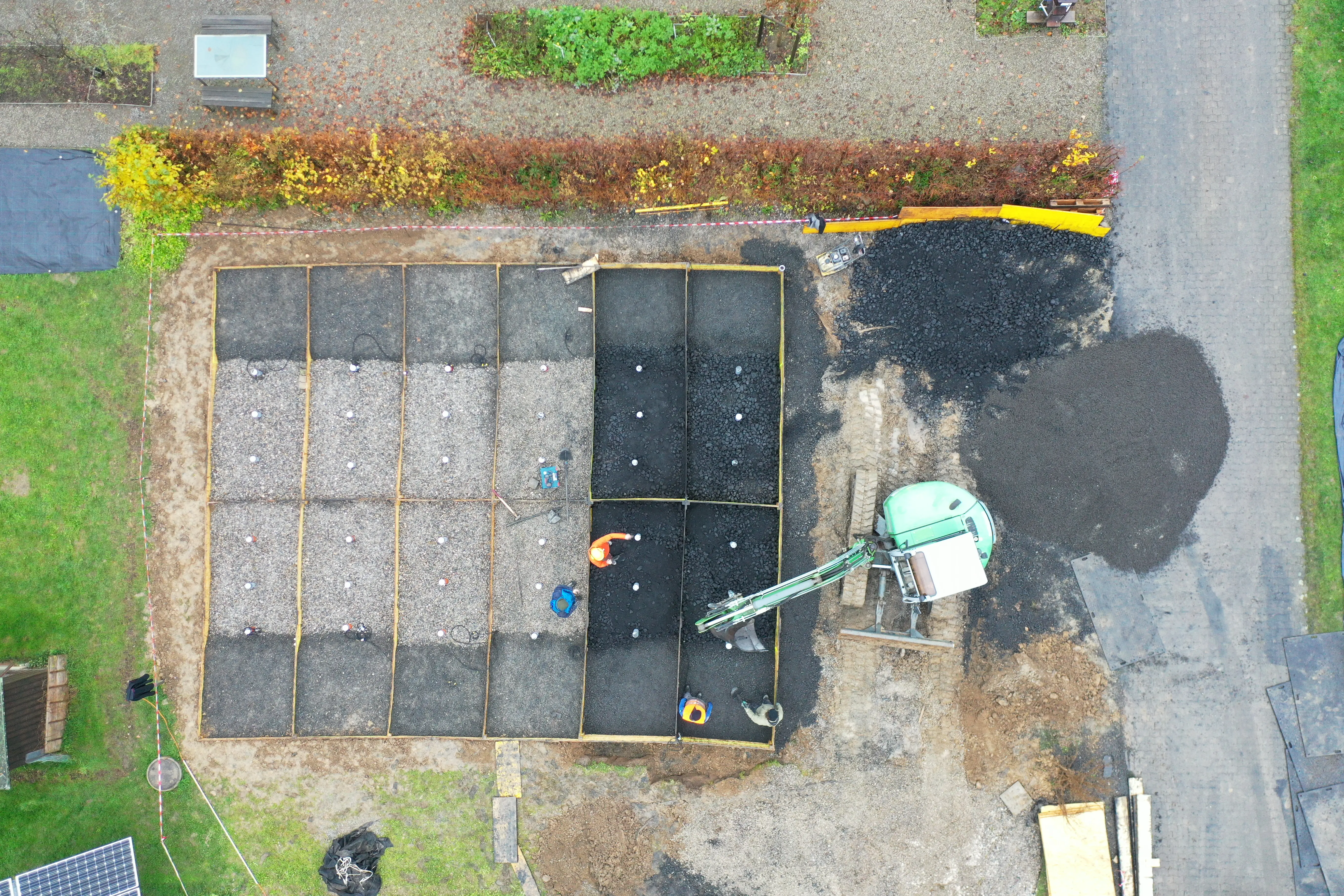Structurally Stable Substrates for Sustainable Green Infrastructure and Stormwater Management: A Field Trial with Urban Trees in Wädenswil
Description
The availability of space for urban trees has been continuously decreasing due to the increasing densification of urban areas, compaction of planting substrate, and the presence of underground pipelines. Urban trees are an integral part of green infrastructure in urban areas, providing valuable ecosystem services such as shading and cooling, as well as opportunities for stormwater management to alleviate pressure on wastewater systems. To address these challenges, the use of structurally stable substrates that resist compaction and have increased water storage capacity is a potential solution for sustainable green infrastructure and stormwater management.
In an effort to develop such substrates, Grün Stadt Zürich has commissioned an investigation of structurally stable substrates for use in future urban projects. A field trial on the Grüental campus in Wädenswil was conducted, in which twelve elms (Ulmus 'Rebona') were planted in three different substrate compositions, all containing biochar and large gravel stones that increase water and air capacity, and can be compacted to 100 MN. The three substrate mixtures differ in stratification (two- and three-layer) as well as composition (lavalite vs. expanded shale). Structurally stable substrates were installed under a simulated pavement to provide an opportunity for extended root development. Rainwater accumulating on the pavement was discharged into the tree pit and infiltrated, with the substrates in the tree pit containing smaller grain sizes and a higher proportion of components with high water-holding capacity. Soil sensors were installed to measure water content in the tree pit and under the pavement, and transparent root tubes allowed observation of subsoil and root development. Above-ground tree development and vitality were assessed using tree bonitures several times a year.
These innovative substrate compositions are intended to show that it is possible to use them under the pavements, thus enabling extended root development. This not only improves the living conditions of urban trees, but also increases the drainage capacity of green spaces in cities, offering a potential solution to the challenges of extreme weather events due to climate change, despite the increasing density of urban areas.
Key data
Projectlead
Deputy Projectlead
Project team
Alain Bertschy, Axel Heinrich, Tal Hertig, Nadin Iten, Reto Iten
Project status
ongoing, started 11/2022
Institute/Centre
Institute of Natural Resource Sciences (IUNR)
Funding partner
Public sector (excl. federal government)

